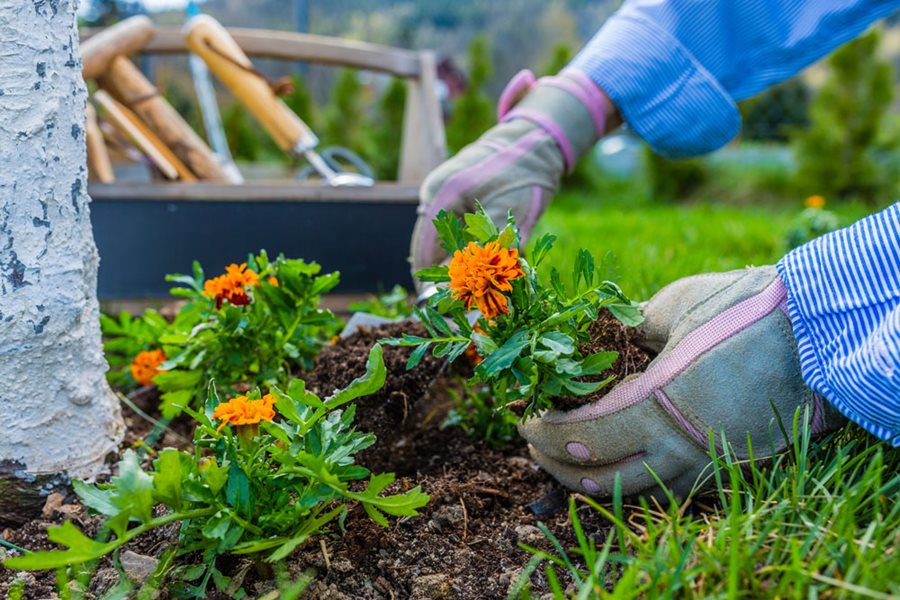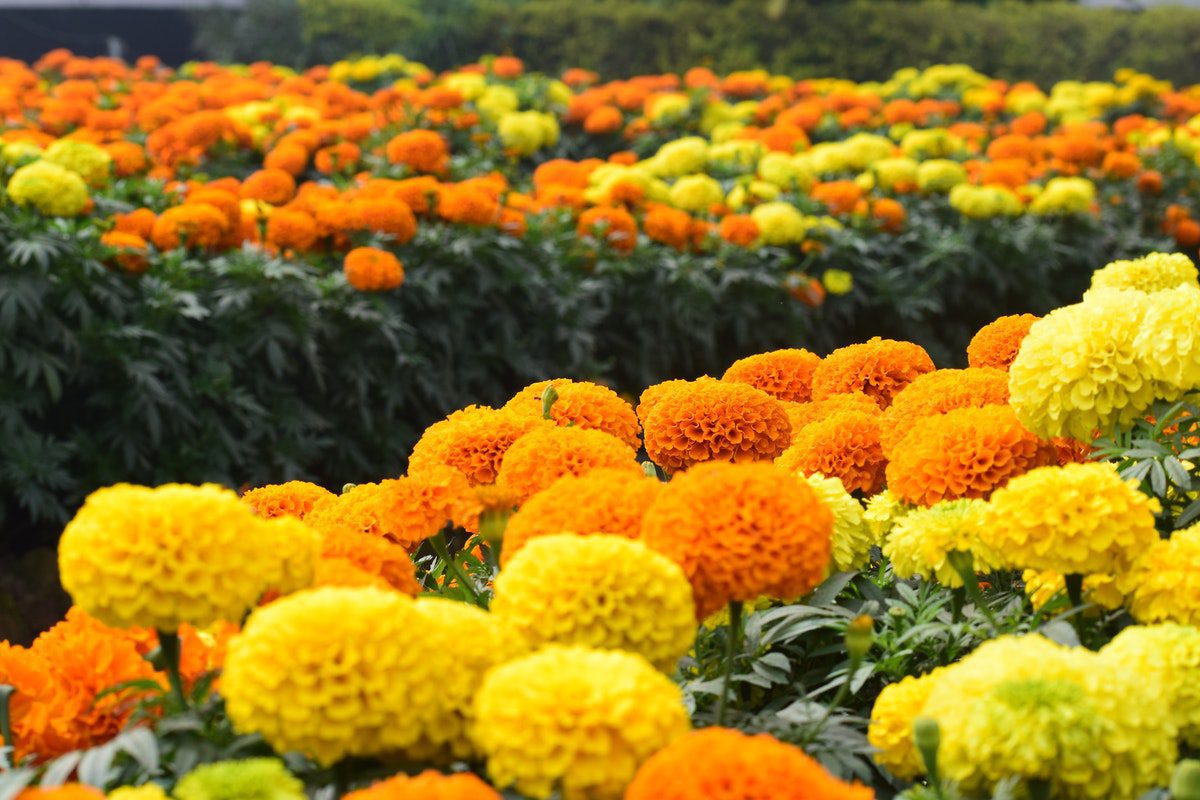Dwarf spirea, with its dainty blossoms and compact size, is a delightful addition to any garden. Whether you’re a seasoned gardener or a novice green thumb, this comprehensive guide will walk you through everything you need to know about growing and caring for these charming perennials.
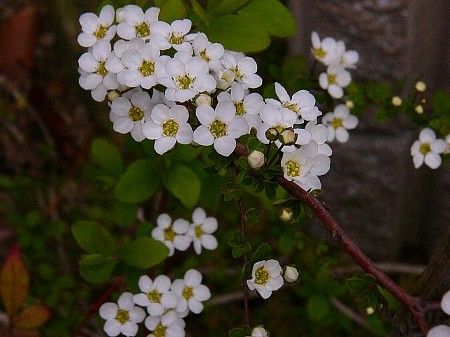
Understanding Dwarf Spirea
Overview:
Dwarf spirea, scientifically known as Spiraea japonica, belongs to the rose family and is renowned for its vibrant flowers and low-maintenance nature. These deciduous shrubs are perfect for gardeners looking to add a burst of color and elegance to their landscapes without the need for extensive care.
Varieties:
Before diving into the cultivation process, familiarize yourself with the different varieties of spirea available. Popular choices include Goldflame, Little Princess, and Magic Carpet, each offering unique foliage colors and growth habits.
Planting Dwarf Spirea:
Location:
Choose a well-drained area with ample sunlight for planting dwarf spirea. These resilient plants can adapt to various soil types, but they thrive in moderately fertile, slightly acidic to neutral soil.
Planting Process:
Prepare the Soil: Loosen the soil and incorporate organic matter for improved drainage.
Digging Holes: Dig holes slightly larger than the root balls of your dwarf spirea.
Placement: Space the plants according to their mature width, ensuring proper air circulation.

Essential Care Tips:
Watering:
It is relatively drought-tolerant once established, but regular watering during dry spells is crucial, especially for young plants. Aim for deep, consistent watering rather than frequent shallow watering.
Pruning:
Maintain the compact shape of dwarf spirea by pruning in late winter or early spring. Remove dead or damaged branches and cut back one-third of the oldest stems to encourage new growth.
Fertilizing:
Apply a balanced, slow-release fertilizer in early spring to promote healthy growth and vibrant blooms. Avoid excessive use of nitrogen, as it may lead to leggy growth.

Dealing with Common Issues of Dwarf Spirea:
1. Pest Management:
It is generally resistant to pests, but occasional encounters with aphids or spider mites may occur. Swiftly address these issues with natural remedies such as insecticidal soap or neem oil, ensuring a pest-free environment for your petite perennials.
2. Disease Prevention:
While hardy, It can face challenges like powdery mildew. Prevent diseases by maintaining proper spacing between plants to encourage air circulation. In cases of infection, promptly treat with fungicides to safeguard the health of your spirea.
3. Pruning Practices:
Maintain the compact and attractive shape of your dwarf spirea by implementing regular pruning. Focus on removing dead or damaged branches, and cut back a third of the oldest stems in late winter or early spring. This not only enhances aesthetics but also stimulates new and healthy growth.
4. Adequate Watering:
Though relatively drought-tolerant, dwarf spirea benefits from consistent watering, especially during dry spells and for younger plants. Ensure deep watering rather than frequent shallow sessions to promote robust root development and overall plant vitality.

Landscaping Ideas with Dwarf Spirea
Enhance the visual appeal of your garden by incorporating dwarf spirea into various landscaping ideas:
1.Borders and Edges: Create neat borders or edges along pathways with the low-growing varieties like ‘Little Princess.’
2.Mixed Flower Beds: Pair dwarf spirea with other perennials for a vibrant and textured flower bed display.
3.Container Gardening: Plant dwarf spirea in containers for a portable burst of color on patios or balconies.
Flower with its captivating blossoms and easy maintenance, is a fantastic choice for any garden. Whether you’re a beginner or an experienced gardener, cultivating these petite perennials will surely add a touch of elegance to your outdoor space. Follow our guide, and watch your garden come alive with the beauty of dwarf spirea blooms.

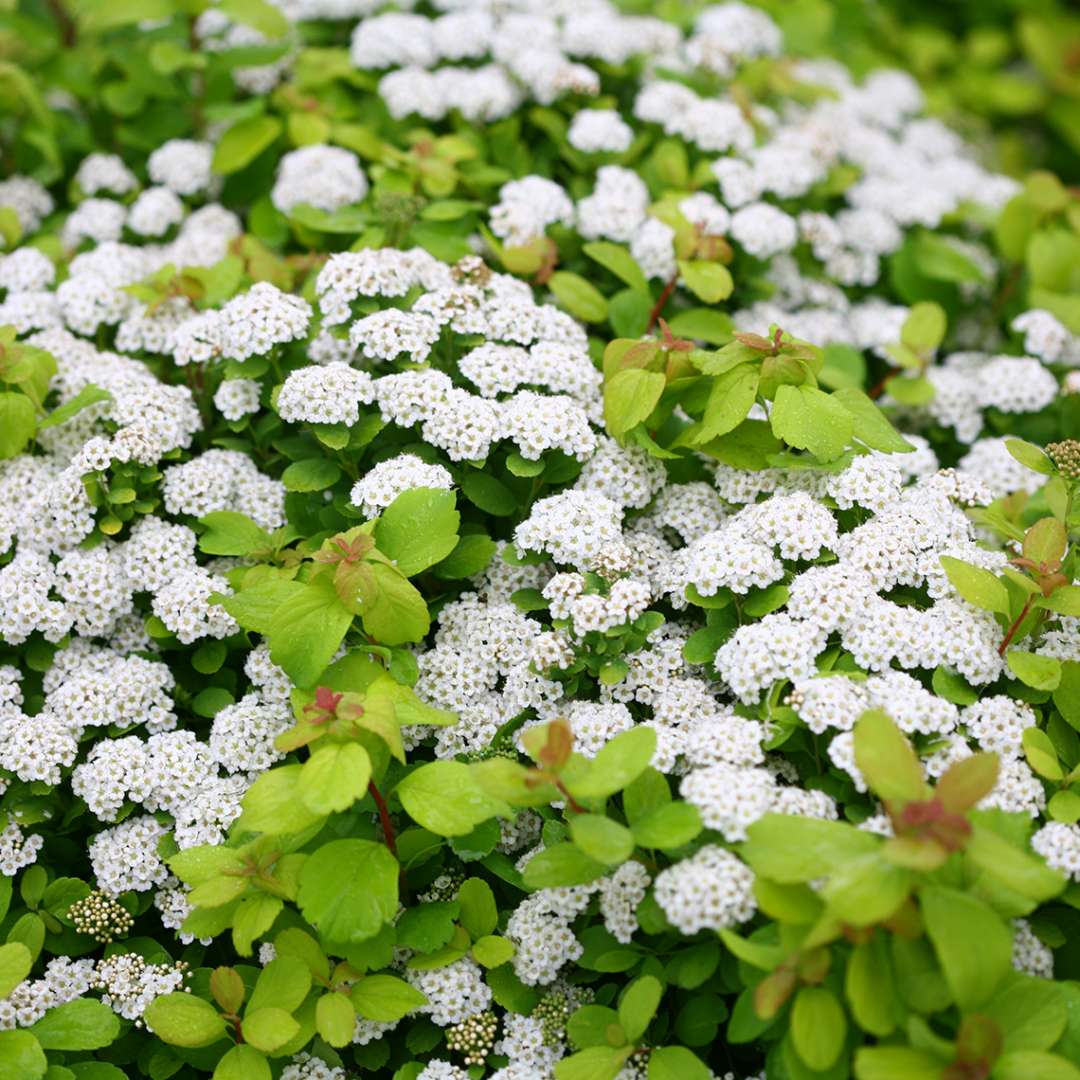
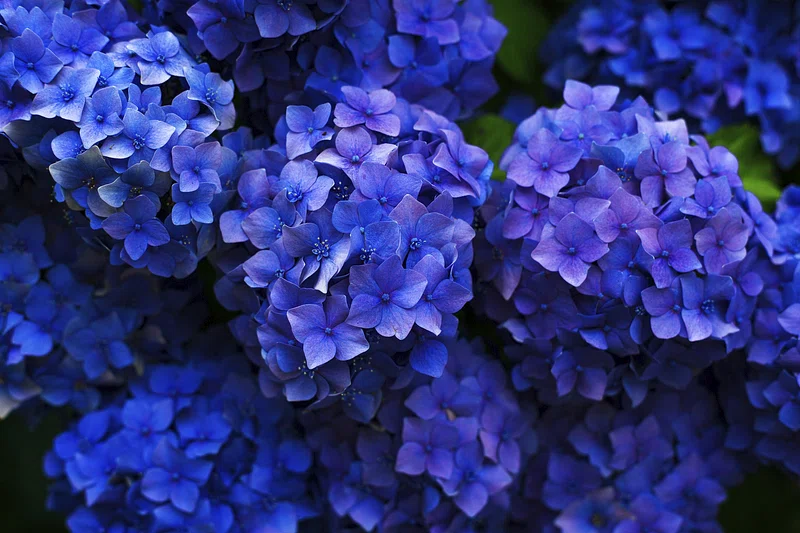
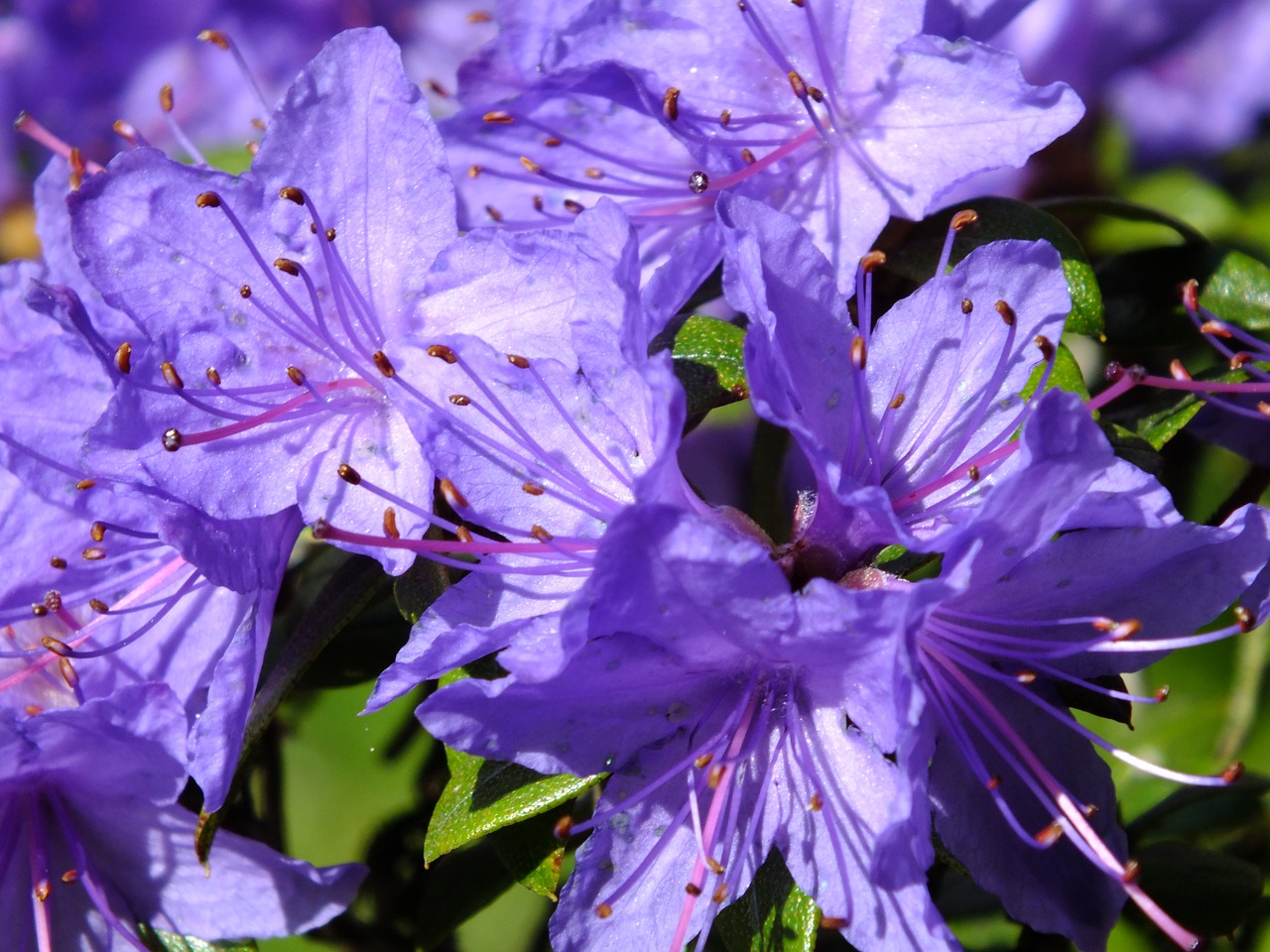

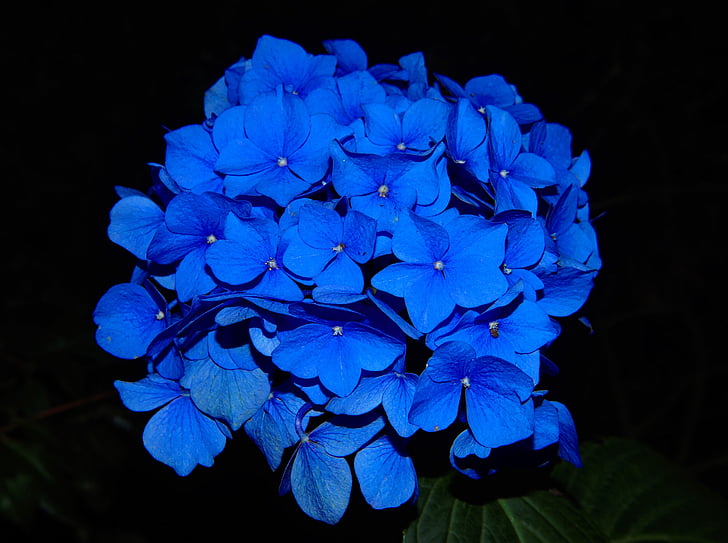
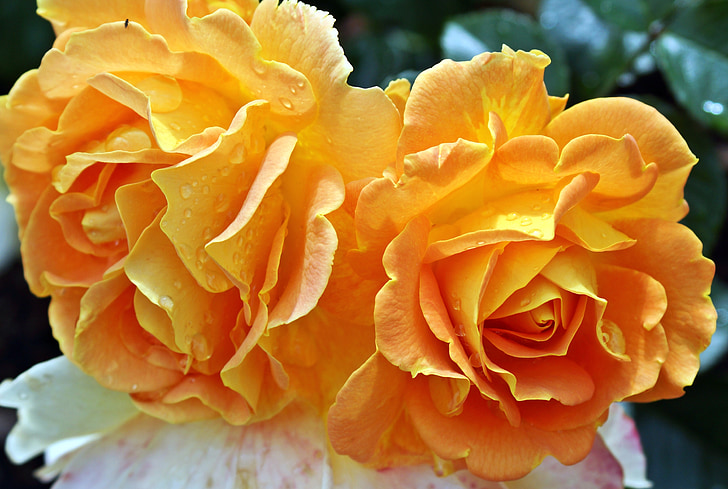

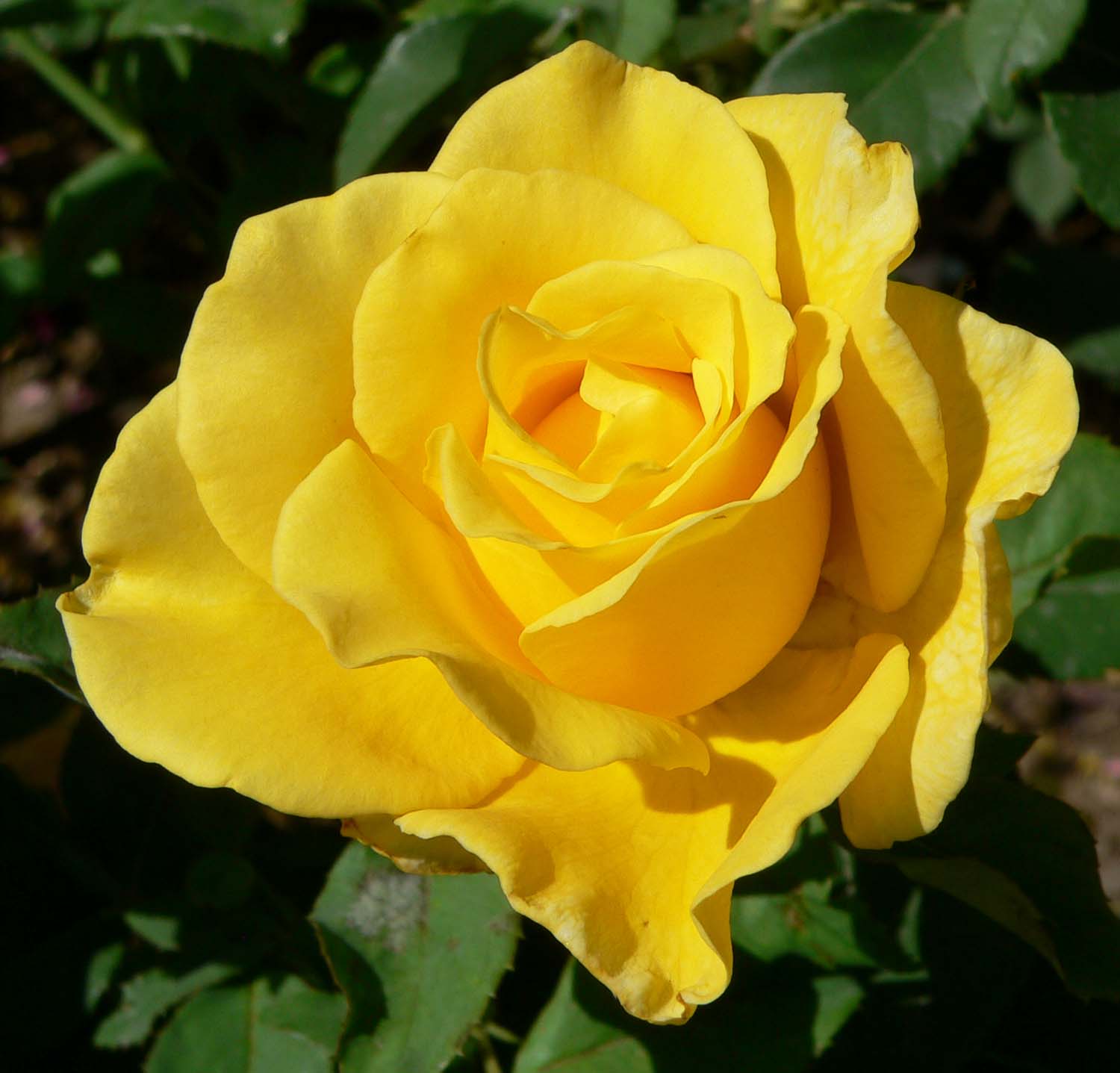
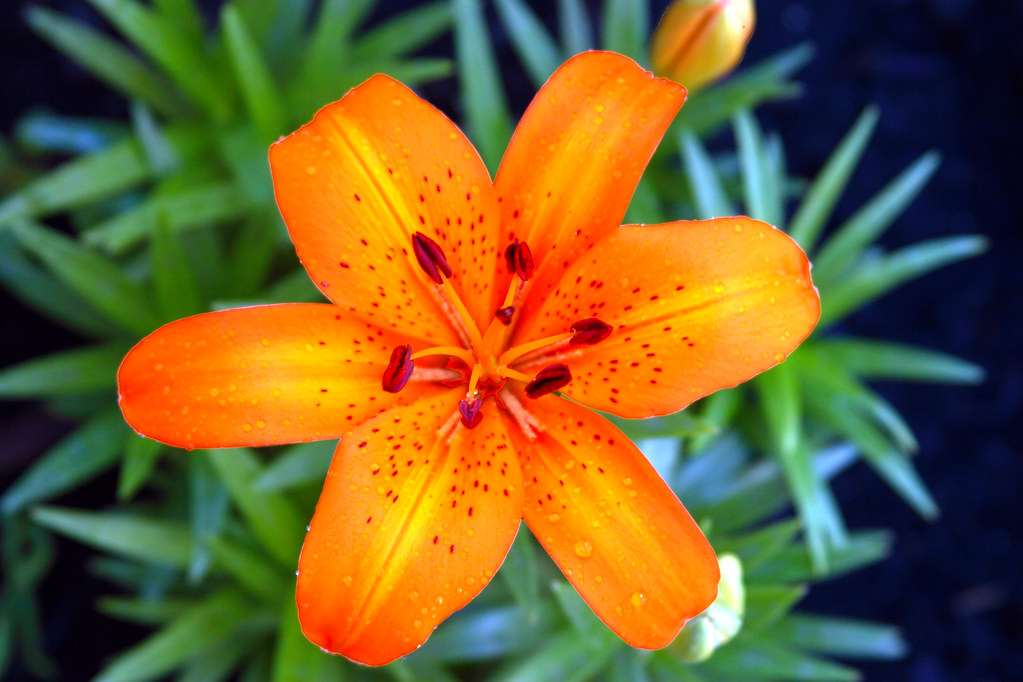
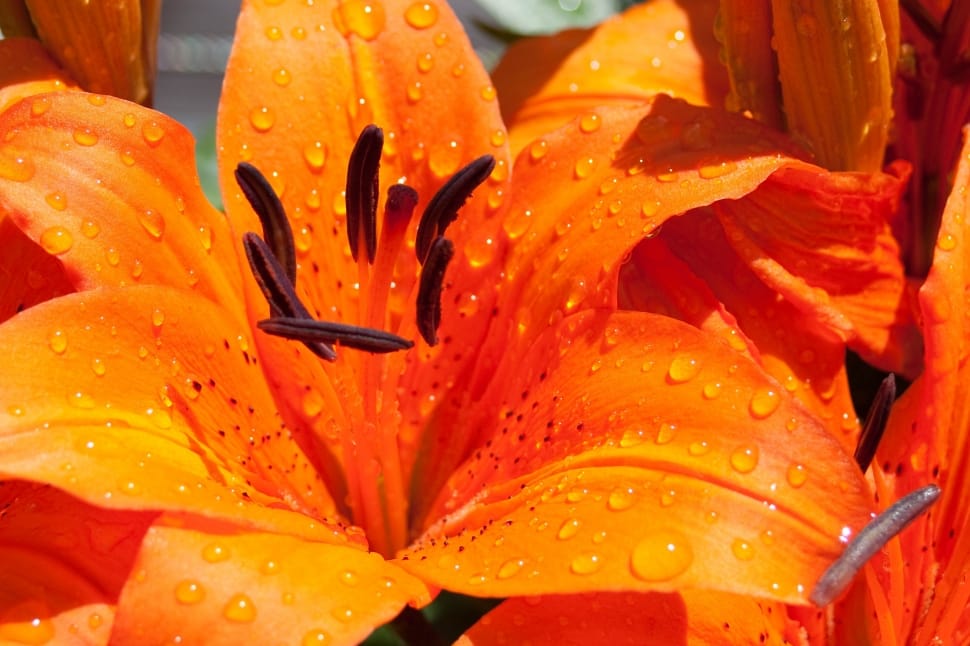

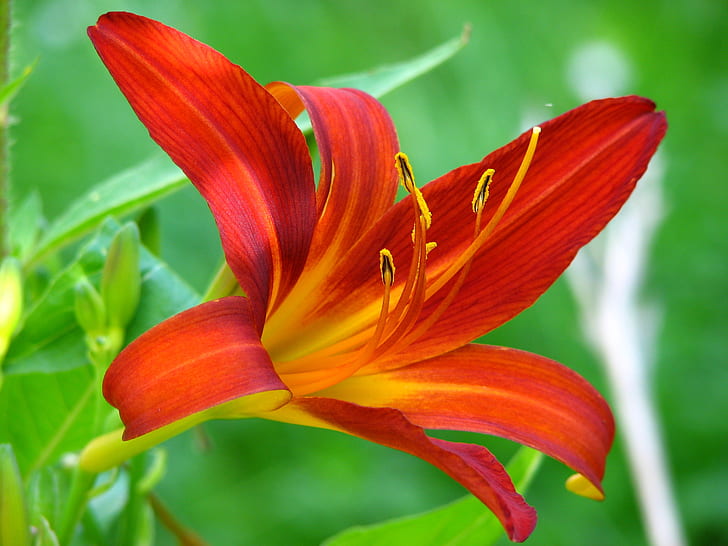





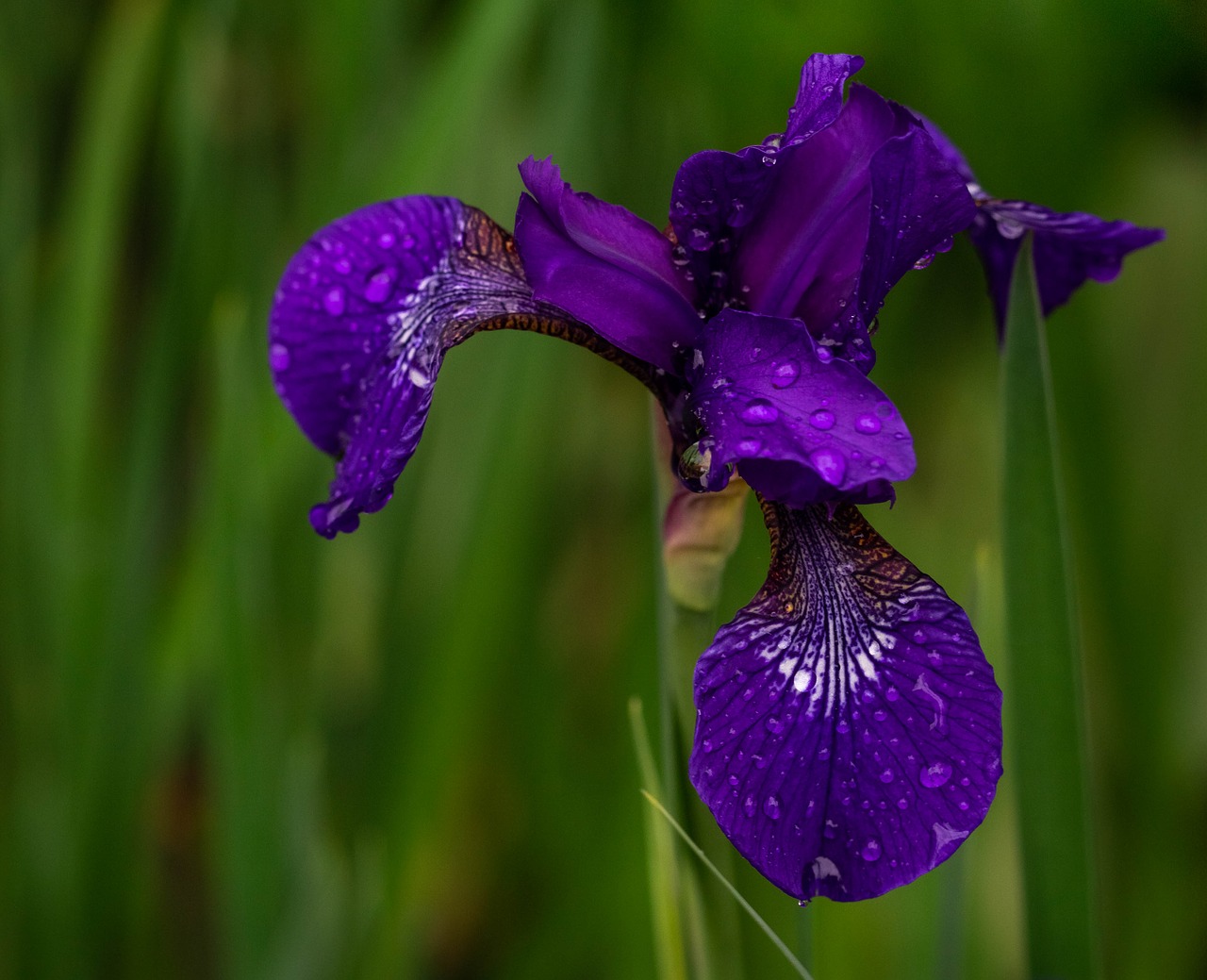

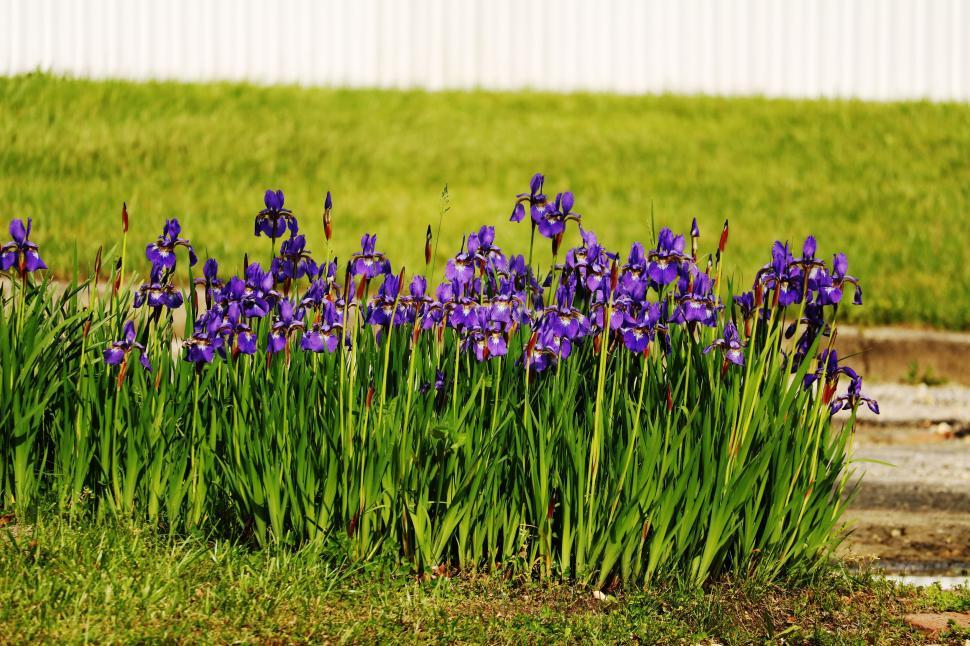

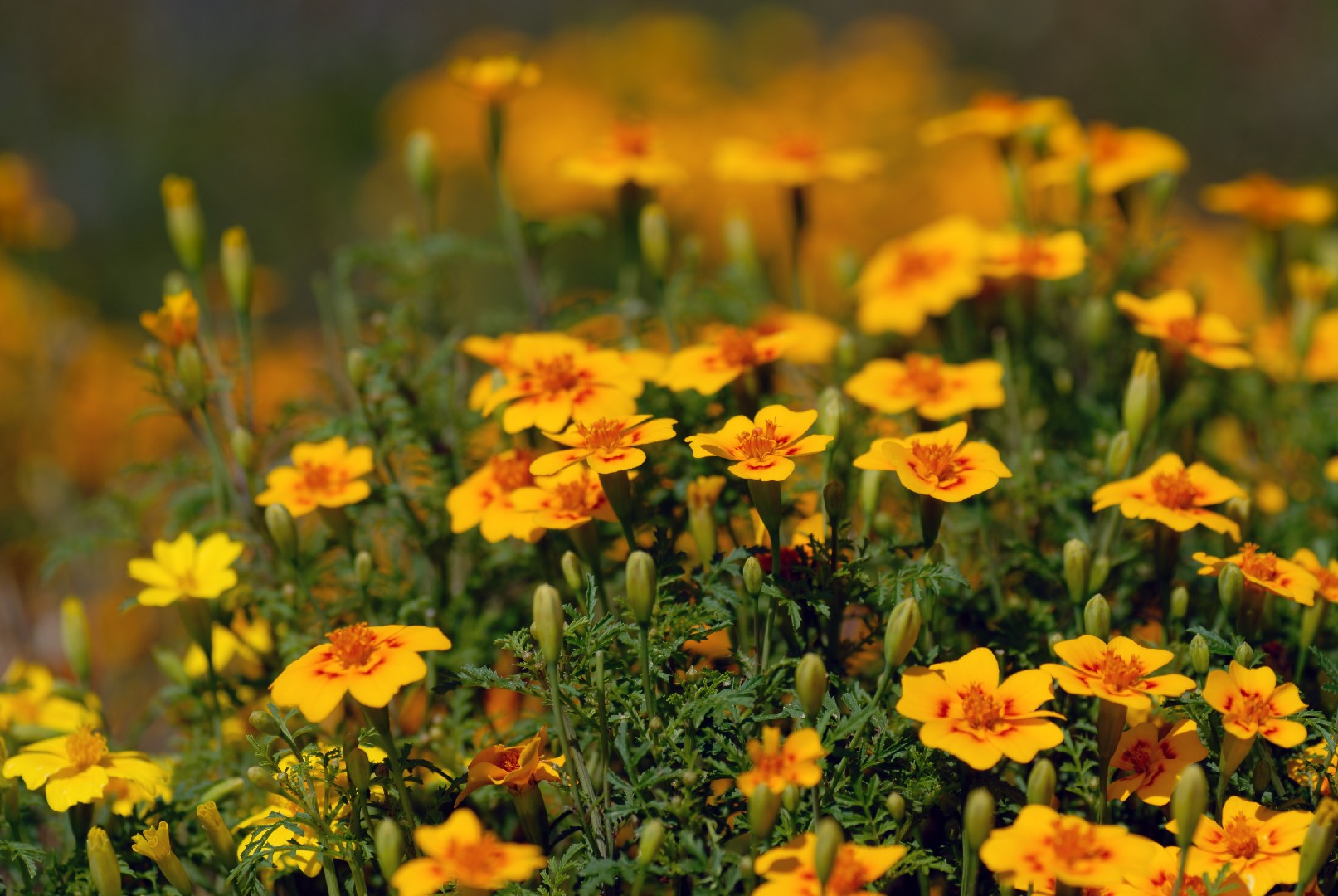
/how-to-plant-marigold-seeds-7371595_Hero1-d814c4e770a542f89d28e49ee3498956.jpg)
